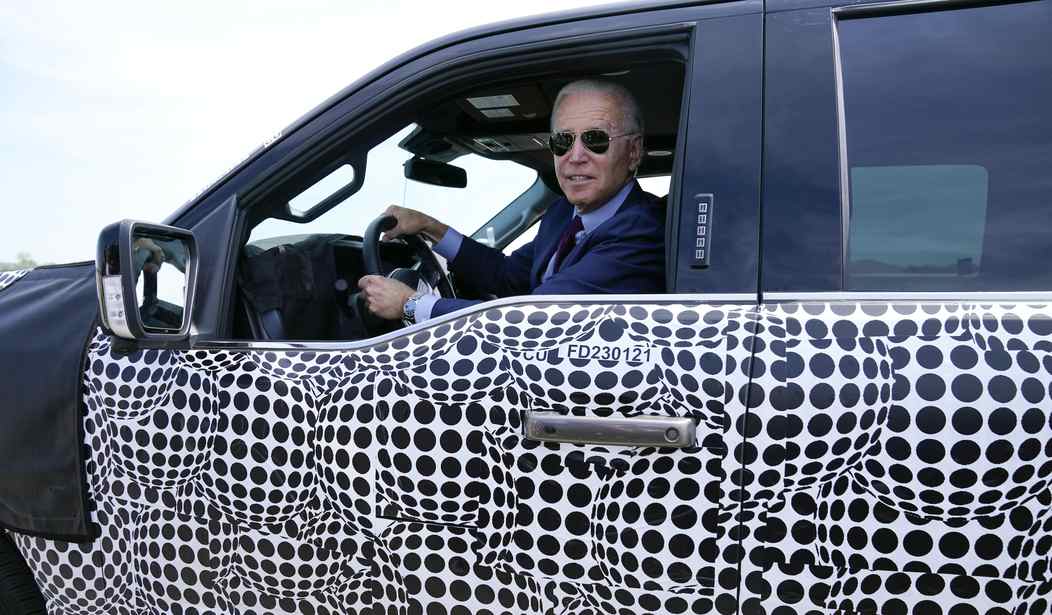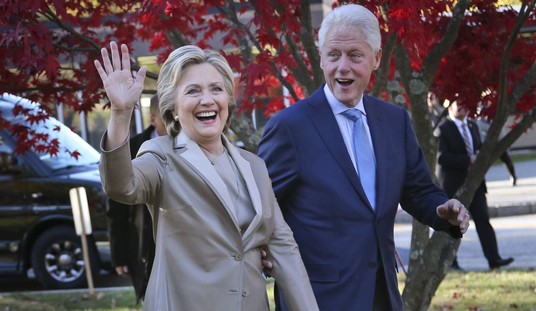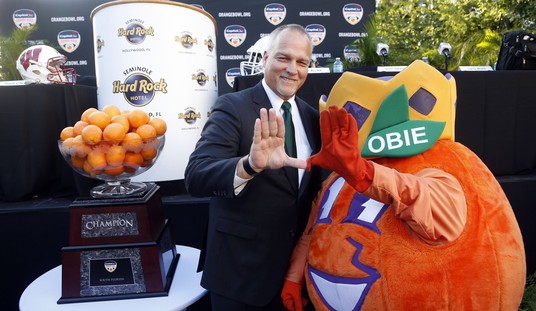Ford Motor Company CEO Jim Farley recently took a road trip in one of his company's F150 Lightning pickups. In a statement that should come as a surprise to no one, he had some problems.
"Charging has been pretty challenging," Farley said on X, the social-media website formerly known as Twitter. "It was a really good reality check of the challenges of what our customers go through and the importance of fast charging and what we're going to have to do to improve the charging experience."
No surprise charging can be a challenge, but still learning a lot seeing firsthand the issues our customers face. This is why we’re working w/ @Tesla to provide @Ford drivers access to +12,000 superchargers & our EV certified dealers are installing fast chargers at their… pic.twitter.com/fES15o9orT
— Jim Farley (@jimfarley98) August 13, 2023
Clearly, the trip wasn't without setbacks, although Mr. Farley tried to downplay them.
His comment came during his roundtrip across Route 66 in Ford's latest electrical vehicle venture, the F-150 Lighting. The CEO documented his experience on both X and LinkedIn.
Farley said he visited a popular charging depot on Interstate 5 in Coalinga, California, where there were 40 readily available Tesla Superchargers.
The Ford CEO had to use a low-speed charger that he said delivered him a 40% charge in about 40 minutes.
At another stop, Farley highlighted a good experience at a 350 kW charger in Baker, California, expressing his enthusiasm for the quick and easy charging experience.
"Was so quick and easy. Really highlighted the difference that nice stations and fast charging can make on the overall EV experience," Farley said.
The trip from Palo Alto to Las Vegas, a journey of roughly 550 miles, took place in an area where there are probably more charging stations than in major pickup markets like, say, Wyoming or North Dakota. Even so, a 40 percent charge in 40 minutes doesn't seem very impressive, given that a gasoline-powered vehicle can be topped off and brought back to full range in less than five minutes.
What appears to be a publicity stunt will take a lot of work to scale up. The California Energy Commission (CEC) estimates that the once-and-former Golden State will require 1.2 million new charging stations to meet that state's EV goals by 2030. The CEC also estimates another 157,000 chargers will be required by 2030 to support 180,000 medium- and heavy-duty electric trucks and buses that the state's EV goals are calling for. What the CEC does not state is any estimate of what this is all going to cost, or how California will pay for it, given their current budget issues.
Bear in mind also that California is looking at plans to effectively use electric vehicles as storage batteries to prop up the aging electrical grid and generation capacity. There are some signs of sanity returning, though, as Golden State pols are asking energy company PG&E to keep the Diablo Canyon nuclear power plant, the last nuke plant operating in California, to delay their planned shutdown until they can "buy time for more palatable clean energy." It's good that California is willing to keep Diablo Canyon open a little while longer. It would be better if they saw the value more, not fewer, nuclear plants would have in California's overall energy picture.
Troubles with the grid aside, as you can see from this 550-mile trip in an area that's going in big for EVs, there are still issues - and CEO Farley made the trip in a brand-new vehicle, not towing anything, not carrying any kind of load, and in clear, warm weather. It would be enlightening to see the trip duplicated in an F150 Lighting pulling a trailer loaded with construction materials.
Electric vehicles are another symptom of a common issue wherein a given social movement's activists cannot claim victory, close their tents and go home. If one is old enough to remember the late Sixties and early Seventies, California really did have an air pollution problem, largely due to older automobiles burning leaded gasoline. Those issues are resolved with gasoline-powered cars; better fuels, computer-controlled fuel injection, and solid, no-lag turbocharging have made modern internal-combustion engines (ICEs) very efficient. The air in our major cities has improved by leaps and bounds over what it was fifty years ago. This improvement has been across the board, to boot; water, air, the environment is cleaner now in the United States than it has been since before the Industrial Revolution. Even the EPA agrees.
But the environmental radicals can't admit success; there's too much money and fame in activism. So now we have a failing power grid in a state that intends to mandate electric vehicles, while government-subsidized battery companies are failing.
Ford CEO Jim Farley is engaging in a publicity stunt, but it does not mitigate any of the very real problems California faces in their EV mandate, nor in the current state of EV technology in general. The ICE vehicle is still the most practical vehicle for most Americans, and that's not going to change any time soon.













Join the conversation as a VIP Member